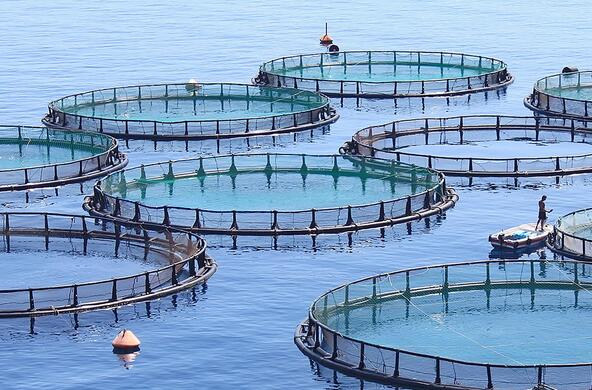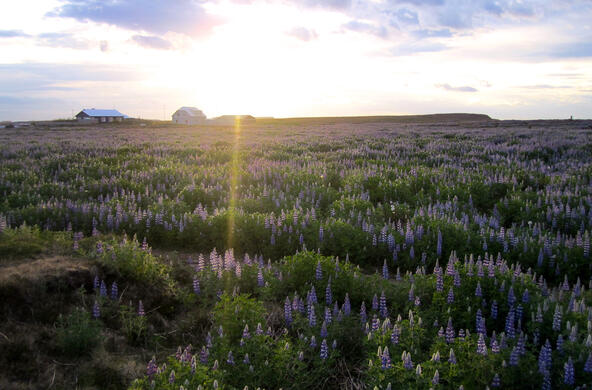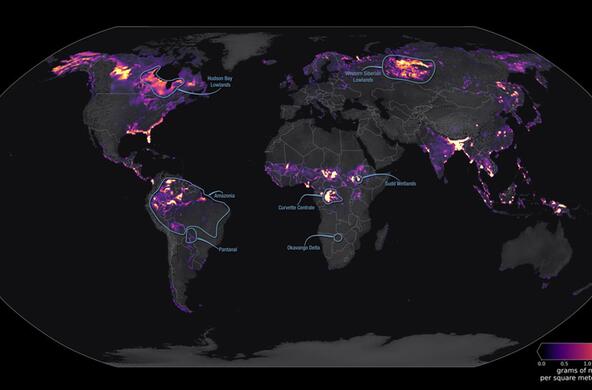Speaker: Dr. Deon Knights, Vassar College
Nutrient inputs to oceans are difficult to establish where deltas lie at land and sea interfaces. Deltas reroute flow through bifurcating or anastomosing channels, spread flow over wetlands, and temporally store water in transient lakes and embayments. They modify nutrient processing and residence times— essential controls on nutrient transport.
Dr. Knights' research aims to improve nutrient load assessment in challenging coastal delta systems, including Wax Lake delta in Louisiana, synthetic deltas, and Arctic deltas. A statistical approach was used in Wax Lake Delta to estimate potential nitrate removal across the delta based on environmental indicators (vegetation index, concentration, and land surface elevation), reducing dependence on expensive and challenging field excursions.
Findings reveal that heavily vegetated, submerged levees are hotspots for nitrate processing. Complementary numerical simulations of reactive nitrate transport in synthetic deltas suggest that nitrate removal may be intrinsically limited to a small fraction of the incoming nitrate load. Removal increases with delta topset gradient.
From a management standpoint, nitrate removal efficiency can be improved by designing river diversions to build steeper deltas. Models based on remotely sensed data indicate that Arctic deltas are least efficient at processing nitrate during spring months, coinciding with high loading due to the annual spring freshet. Policy that addresses the nitrate load upstream in all systems is necessary to further reduce coastal nitrate loading.






